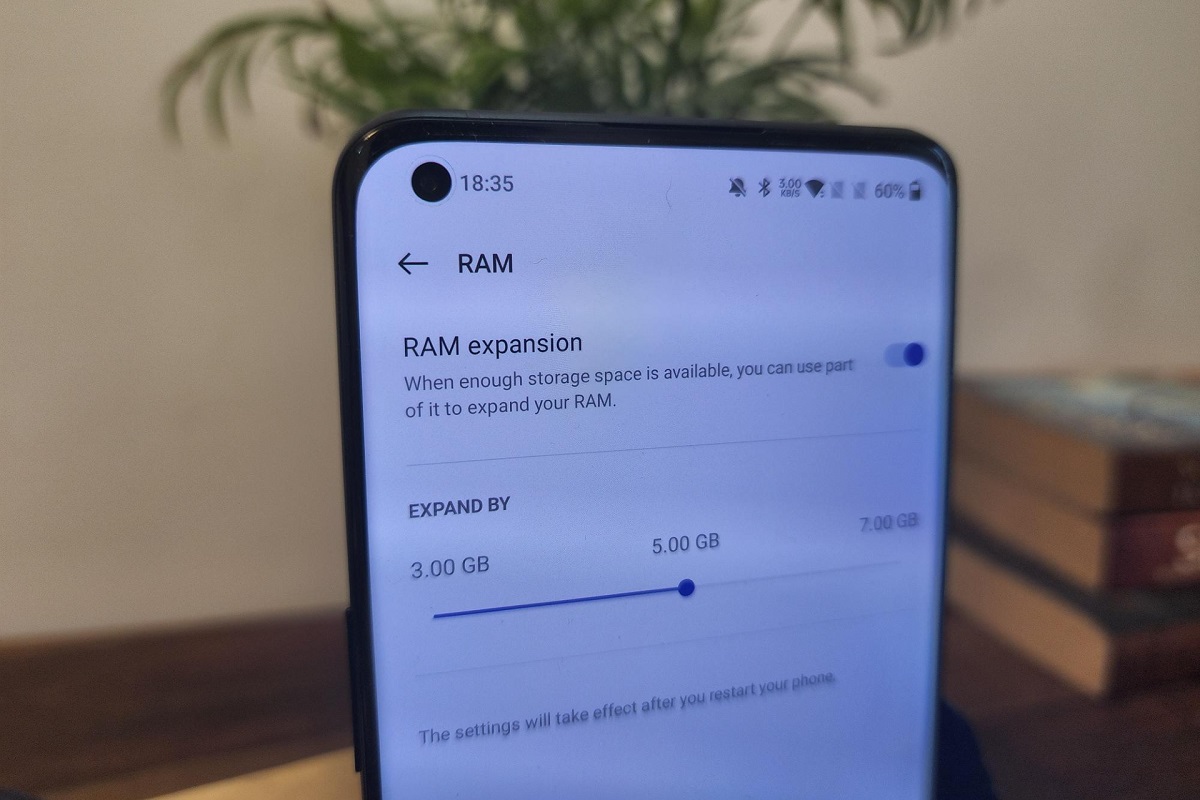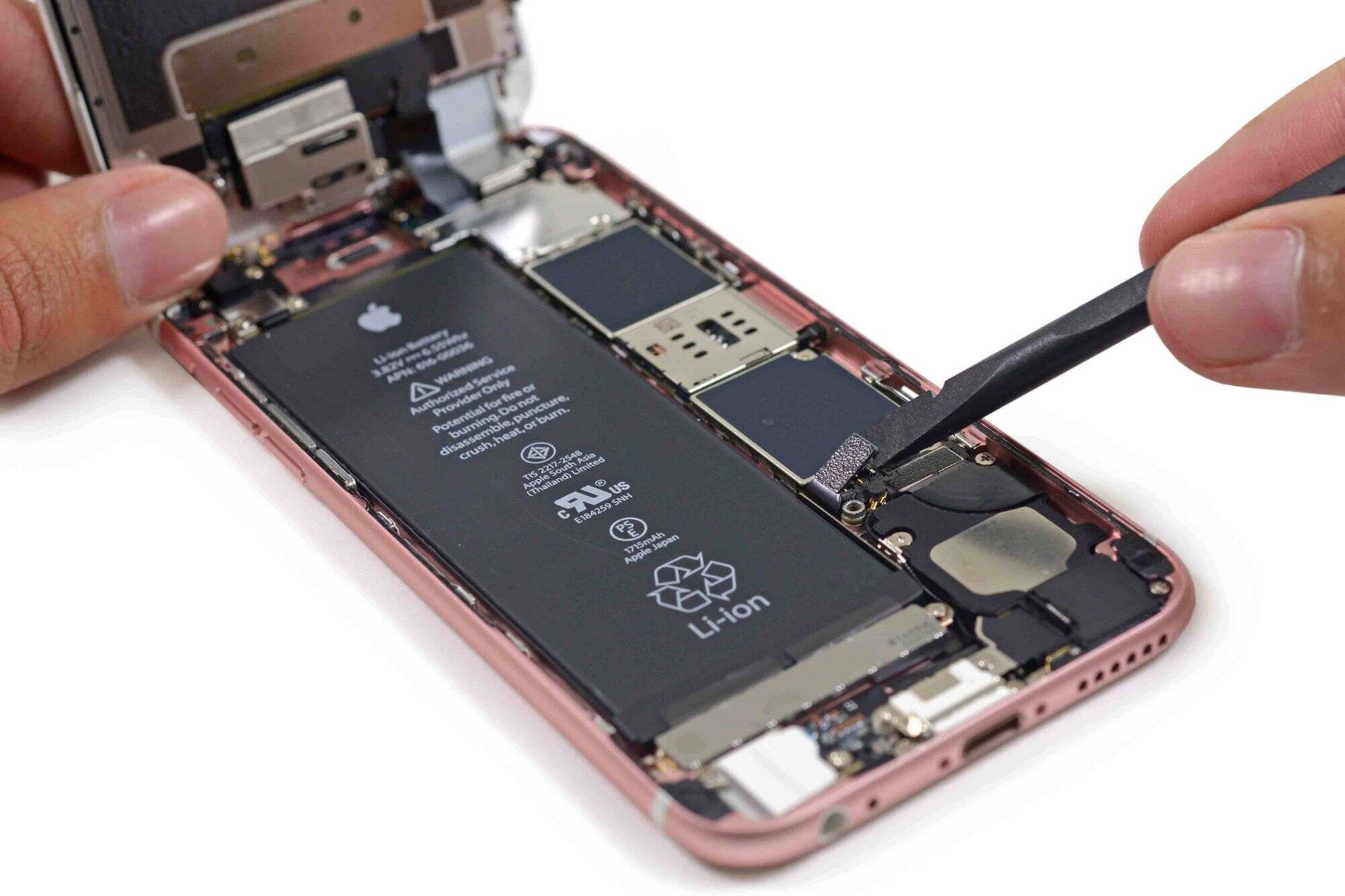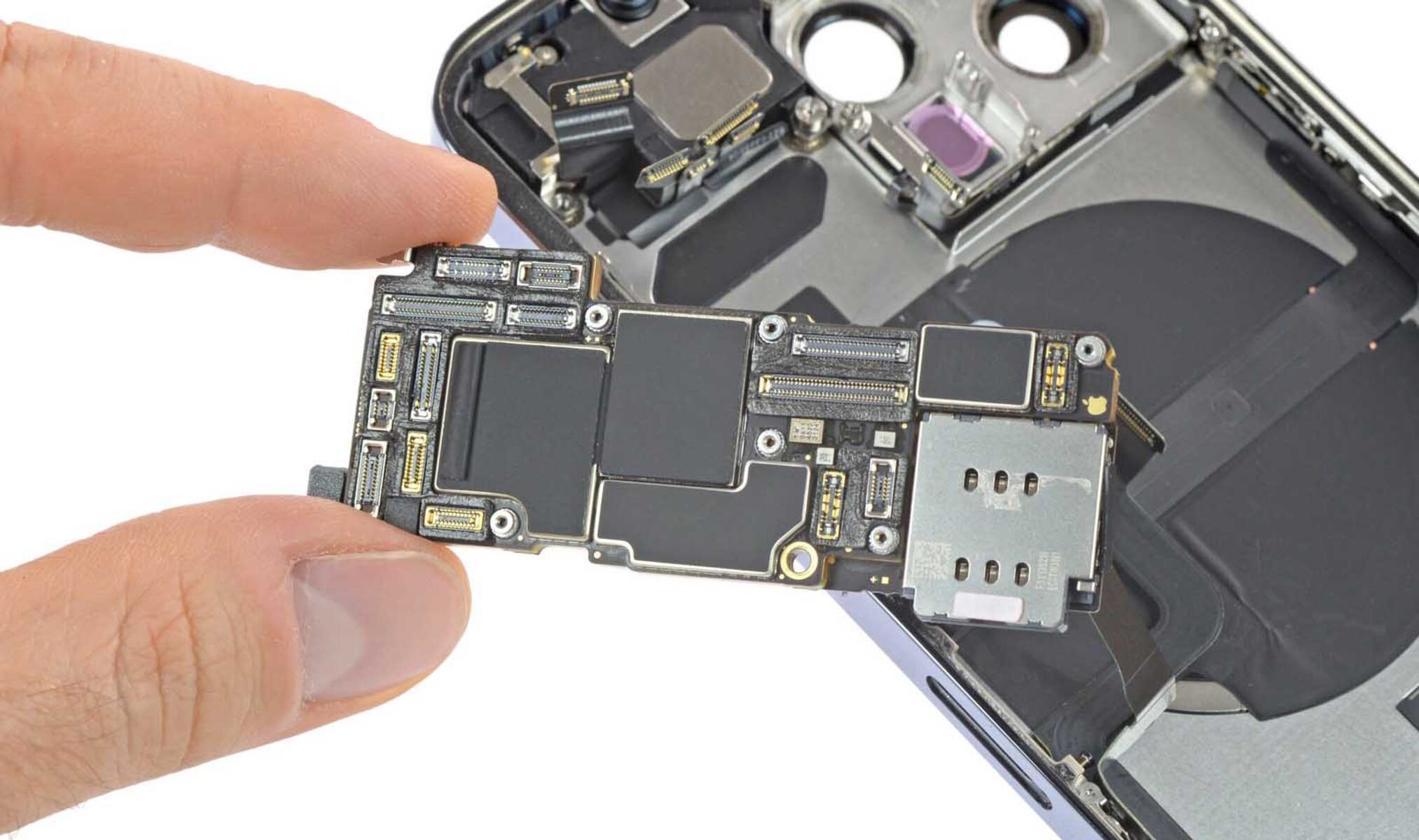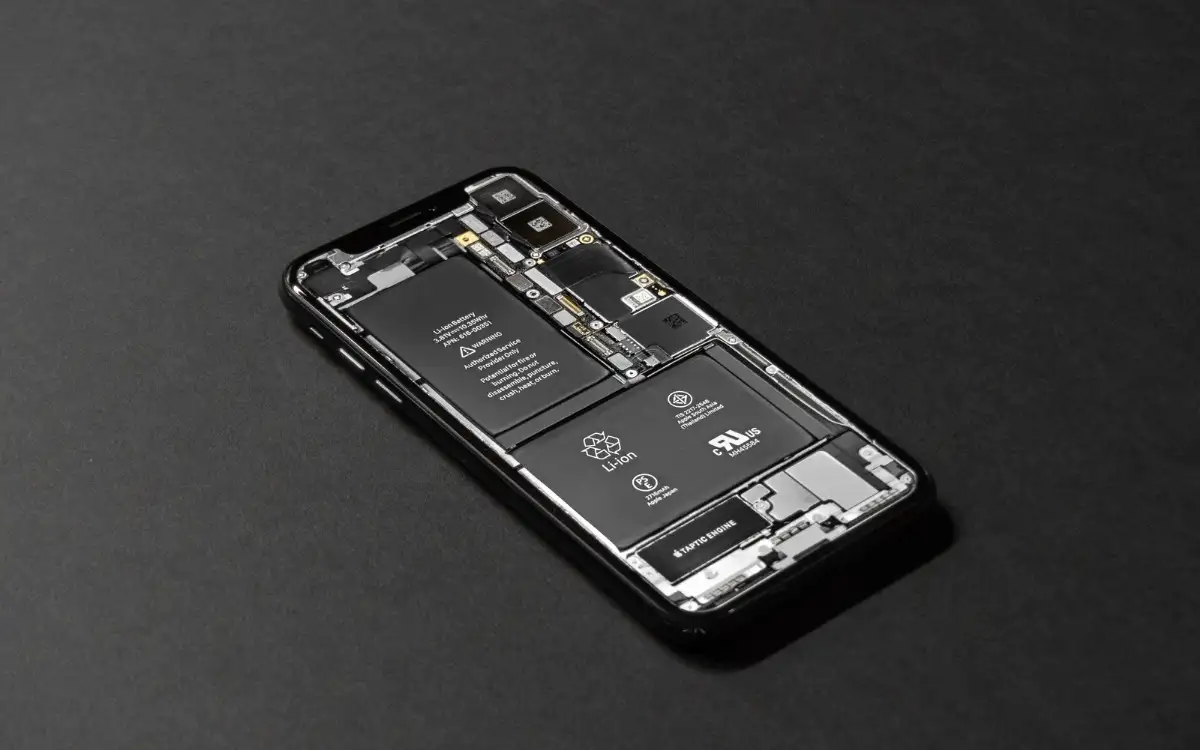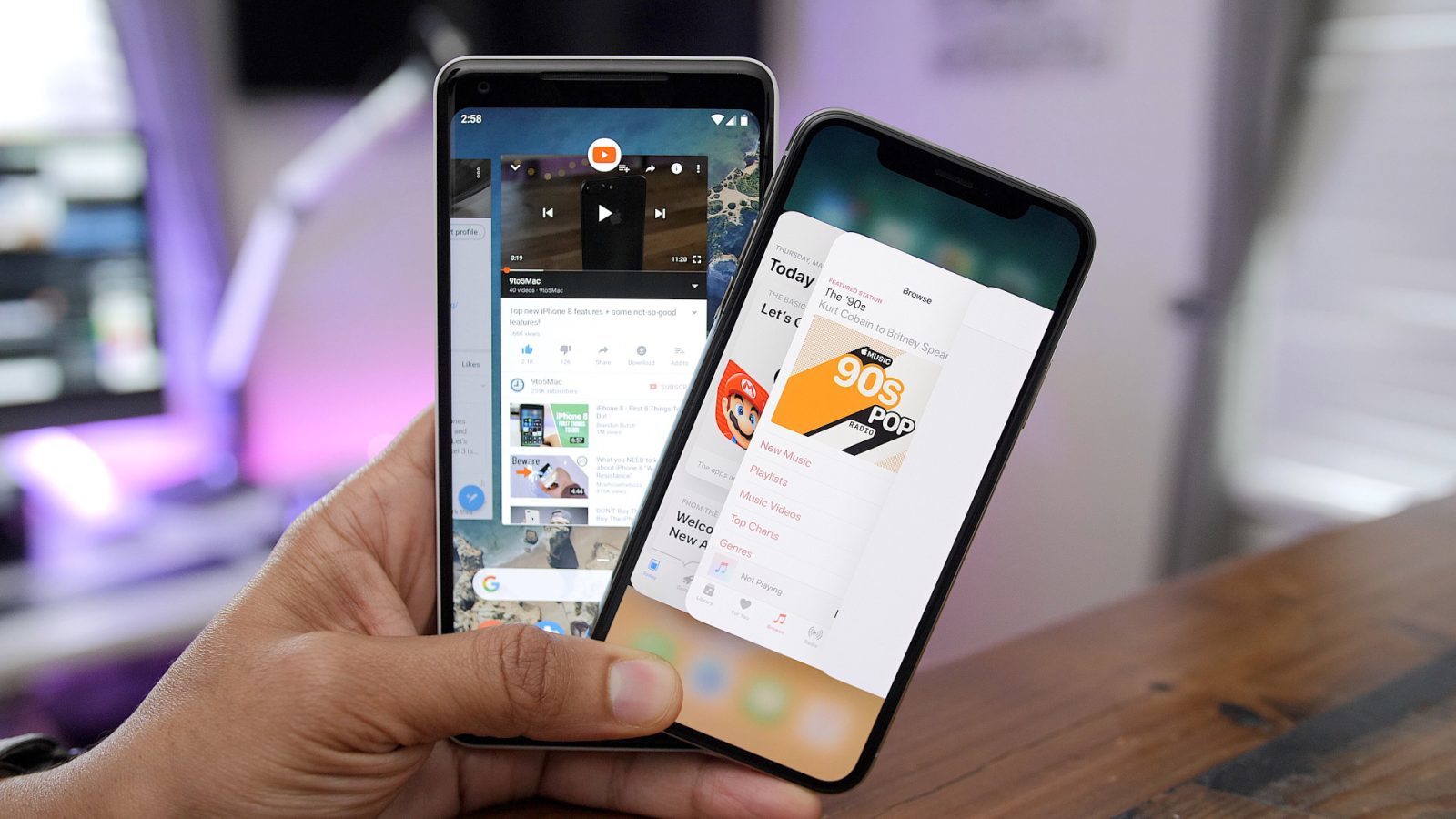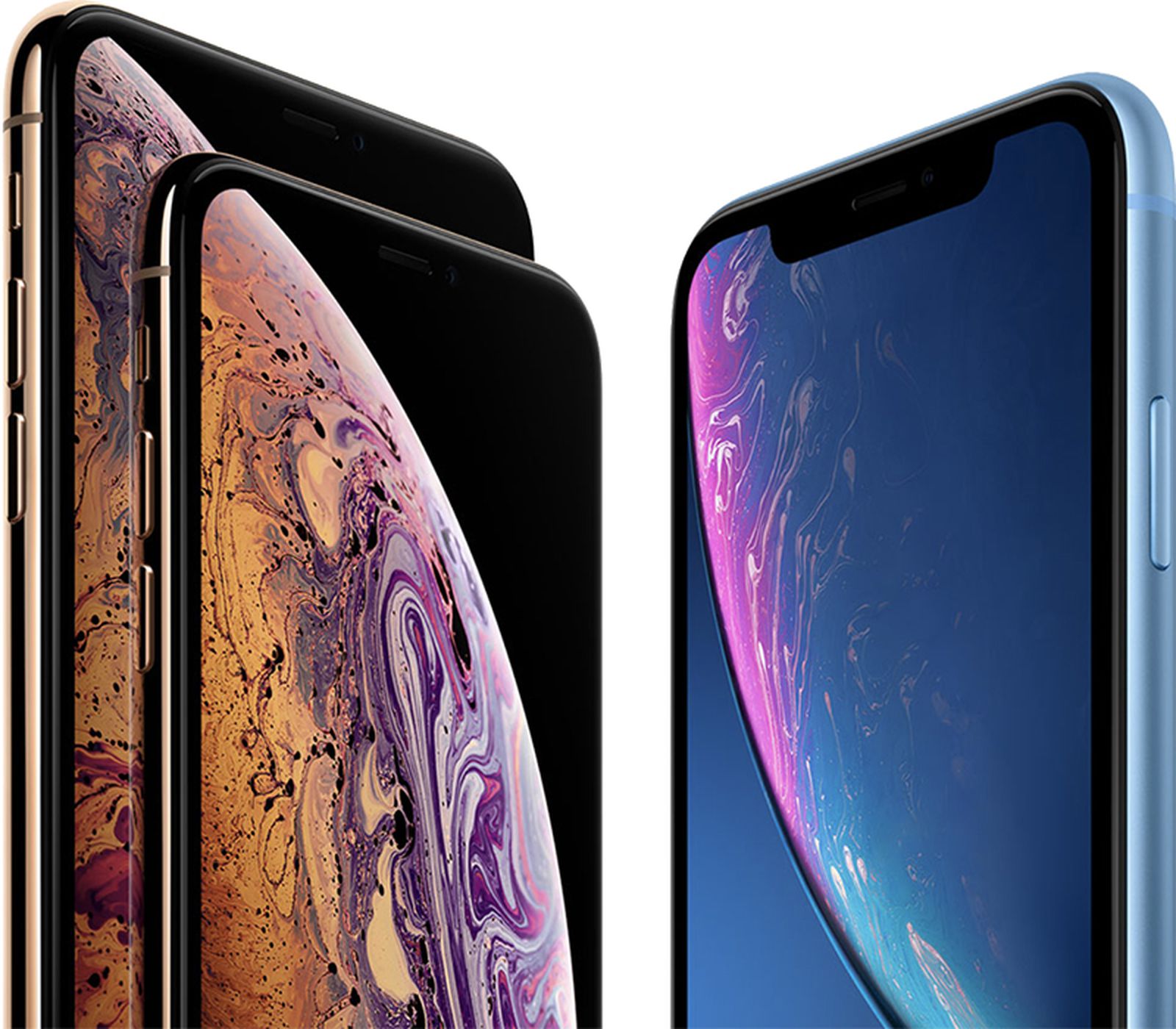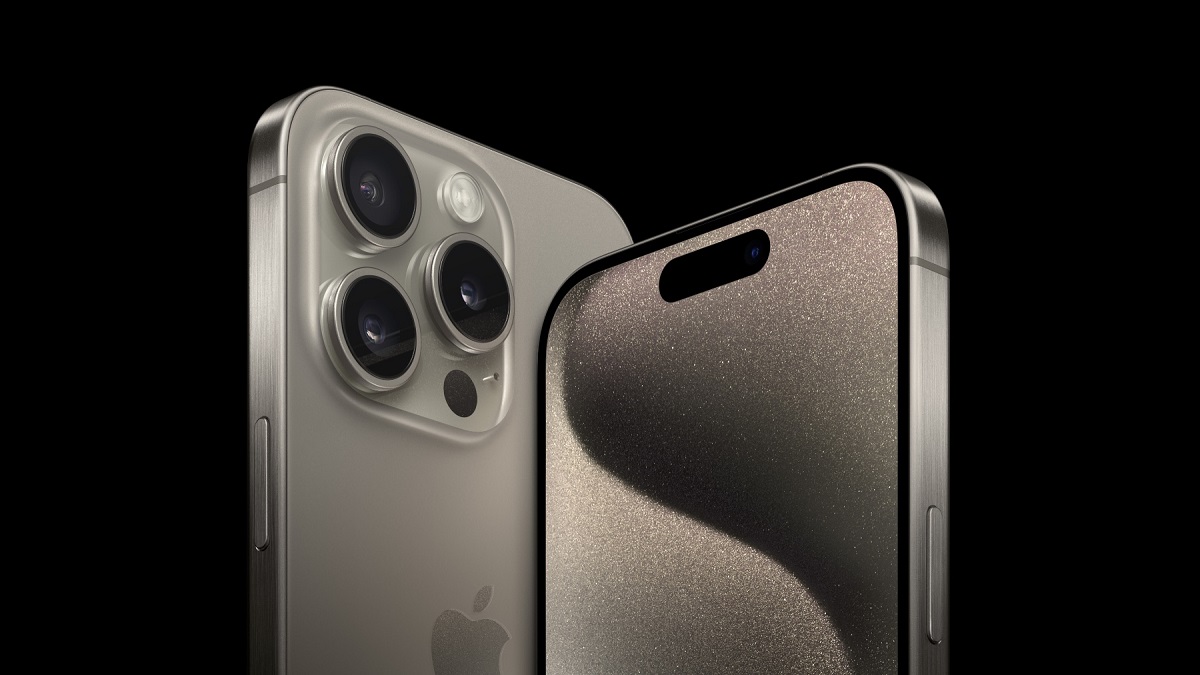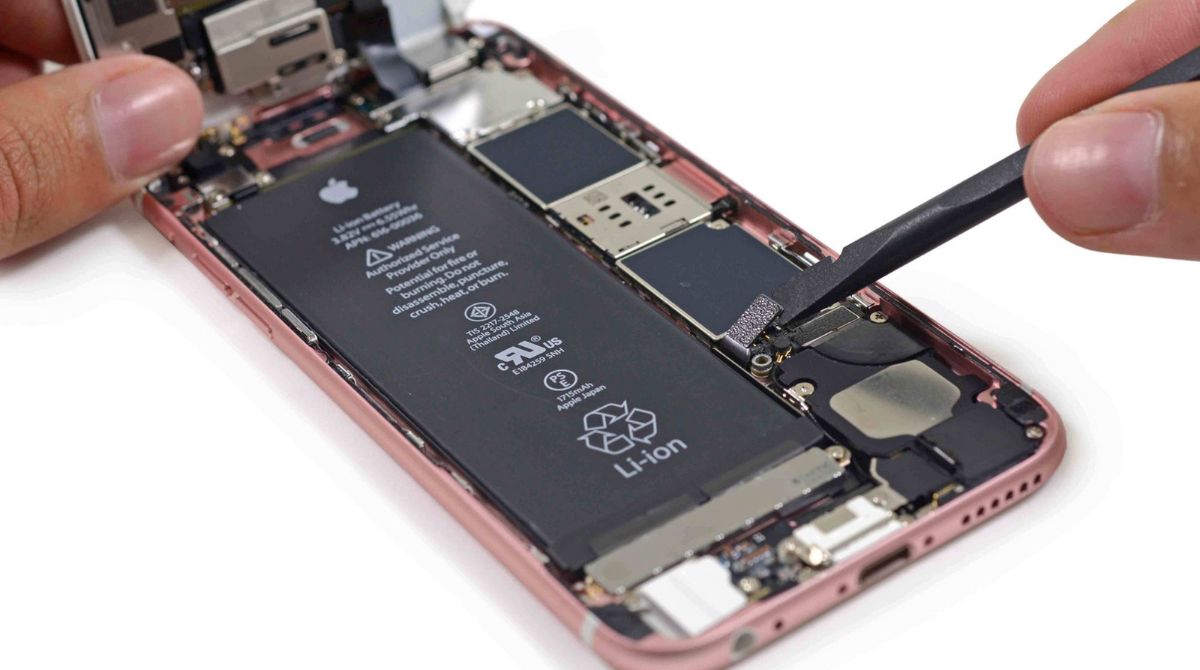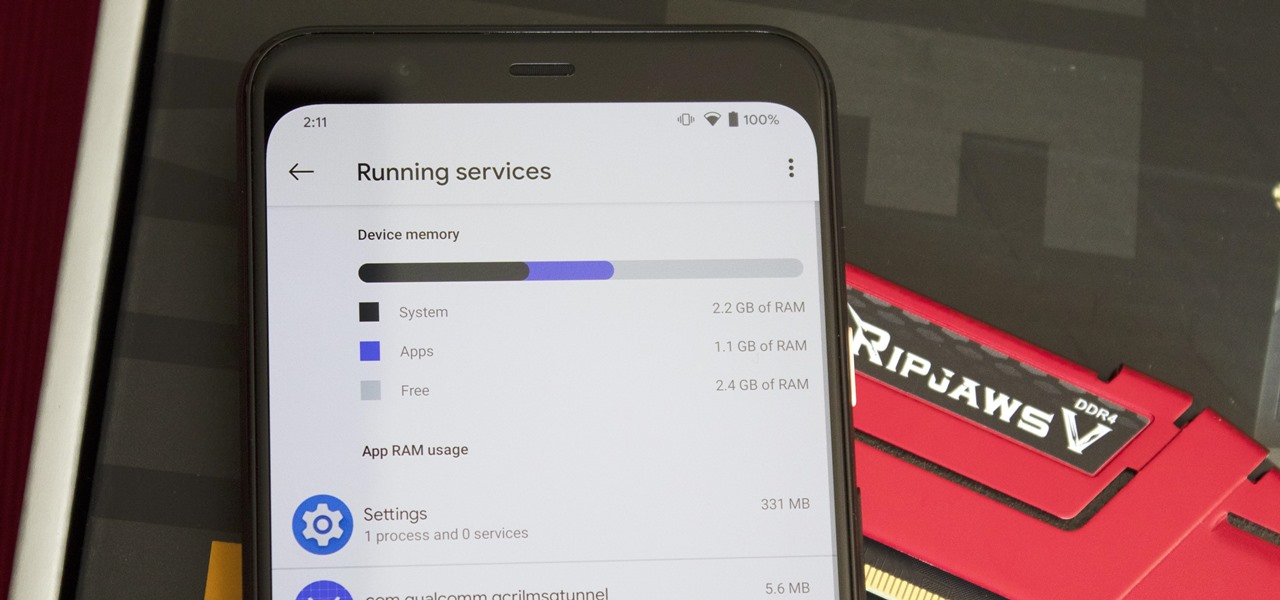Introduction
Have you ever wondered why your smartphone’s performance varies from device to device? The answer lies in an often overlooked but essential component called RAM. RAM, which stands for Random Access Memory, plays a crucial role in determining the speed and efficiency of your phone. But what exactly is RAM, and why is it so important in the context of smartphones?
In this article, we will dive into the world of RAM, exploring its functions and significance on a phone. We will understand the relationship between RAM and overall device performance, while debunking some common misconceptions along the way. Additionally, we will provide tips for optimizing RAM usage and discuss how much RAM you actually need on your phone.
So, whether you’re a tech enthusiast craving for more knowledge or an average smartphone user looking to better understand your device, this article will illuminate the wonders of RAM and its impact on your phone’s performance. Let’s delve into the intriguing world of RAM and gain a deeper appreciation for this vital component.
What is RAM?
RAM, or Random Access Memory, is a type of computer memory that is used to store data that is actively being used by the system. It is a form of volatile memory, meaning that its contents are lost when the power is turned off. This is in contrast to non-volatile memory, such as the internal storage of a phone, which retains its data even when the power is off.
Think of RAM as a workspace for your phone. It is where the current tasks and data are stored so that the processor can quickly access them. When you open an app, for example, it is loaded into RAM so that the processor can easily retrieve and manipulate its data. The more RAM your phone has, the more tasks and apps it can handle simultaneously without slowing down.
RAM is made up of a series of memory cells, each capable of storing a certain amount of data. These memory cells can be read from or written to by the processor, giving it fast and direct access to the stored information. The size of a single memory cell, also known as a memory address, is typically measured in bytes.
It’s important to note that RAM is separate from the internal storage of your phone, which is used for long-term data storage, such as apps, photos, and videos. While both RAM and internal storage are crucial for a phone to function properly, they serve different purposes. RAM is responsible for providing quick access to data for immediate use, while internal storage is used to store data for long-term use.
In summary, RAM is a type of volatile memory that serves as your phone’s workspace, allowing the processor to quickly access and manipulate the data it needs for currently running tasks. With sufficient RAM, your phone can handle multiple apps and tasks efficiently, resulting in a smoother and more responsive user experience.
Why is RAM important on a phone?
RAM plays a vital role in the overall performance of a smartphone. Here are a few reasons why RAM is crucial for your phone’s functionality:
- Improved multitasking: RAM allows your phone to handle multiple apps and tasks simultaneously, without compromising on speed and responsiveness. With more RAM, you can switch between apps seamlessly, keeping them running in the background while you work on other tasks.
- Faster app loading times: When you open an app, it needs to be loaded into RAM for the processor to access its data. Sufficient RAM ensures that apps load quickly, reducing waiting times and providing a smooth user experience.
- Efficient gaming performance: Gaming requires substantial resources, including RAM. Games with detailed graphics and complex gameplay can quickly consume RAM, causing slowdowns and lag. Sufficient RAM ensures a more enjoyable gaming experience and allows games to run smoothly without interruptions.
- Improved system stability: Insufficient RAM can lead to app crashes and system instability. When your phone runs out of available RAM, it may start closing background apps or freezing processes to free up memory. This can cause delays, interruptions, and a less reliable user experience. Adequate RAM ensures system stability by providing enough space to run apps smoothly.
- Enhanced performance with heavy tasks: RAM is especially important when handling resource-intensive tasks, such as video editing, photo processing, or running advanced augmented reality applications. These tasks require large amounts of RAM to provide a seamless and efficient user experience.
In a nutshell, RAM is essential for a phone to handle multitasking, load apps quickly, provide efficient gaming performance, maintain system stability, and handle resource-intensive tasks. It ensures that your phone runs smoothly and efficiently, allowing you to make the most out of your device.
How does RAM affect phone performance?
RAM has a significant impact on the overall performance of a phone. Here’s how it affects the different aspects of your device’s functionality:
- Speed and responsiveness: RAM plays a crucial role in determining how quickly your phone responds to your commands. A larger amount of RAM allows your phone to store and retrieve data more quickly, resulting in faster app loading times, smoother multitasking, and a more responsive user interface.
- App performance: When you open an app, it is loaded into RAM so that the processor can access its data efficiently. Adequate RAM ensures that apps can run smoothly without lag or slowdowns. Insufficient RAM, on the other hand, can lead to app crashes, freezing, and overall poor performance.
- Multi-tasking capability: More RAM allows your phone to handle multiple apps and tasks simultaneously. With sufficient RAM, you can switch between apps seamlessly, without the need for them to reload when you switch back. This improves productivity and enhances the user experience.
- Gaming performance: RAM is particularly important for gaming. Resource-intensive games with high-quality graphics and advanced physics engines require a significant amount of RAM to run smoothly. Insufficient RAM can result in lag, frame rate drops, and other performance issues during gameplay.
- System stability: Insufficient RAM can lead to system instability. When your phone runs out of available RAM, it may start closing background apps or freezing processes to free up memory. This can cause slowdowns, interruptions, and a less reliable user experience. Sufficient RAM ensures that your phone runs smoothly and minimizes the chance of crashes or freezes.
In summary, RAM directly impacts the speed, responsiveness, app performance, multitasking capability, gaming performance, and system stability of your phone. Having sufficient RAM ensures that your phone operates smoothly and efficiently, allowing you to enjoy a seamless user experience.
The difference between RAM and internal storage
While both RAM and internal storage are important components in a phone, they serve different purposes and have distinct characteristics. Here are the key differences between RAM and internal storage:
- Functionality: RAM, as mentioned earlier, is responsible for temporarily storing data that is actively being used by the processor. It provides quick access to data for immediate use and allows for efficient multitasking. Internal storage, on the other hand, is used for long-term data storage. It is where apps, photos, videos, and other files are stored, even when the power is turned off.
- Speed: RAM operates at much faster speeds compared to internal storage. The data stored in RAM can be accessed and manipulated by the processor within nanoseconds. In contrast, accessing data from the internal storage takes considerably more time due to the slower read and write speeds of non-volatile storage, such as solid-state drives (SSD) or eMMC (embedded MultiMediaCard) chips.
- Capacity: RAM typically has a smaller capacity compared to internal storage. Smartphones commonly have RAM capacities ranging from 2GB to 8GB or even higher in high-end devices, while internal storage capacities can vary from 16GB to several hundred gigabytes or even terabytes in certain cases.
- Volatility: RAM is volatile memory, which means that its contents are lost when power is turned off or when the device restarts. In contrast, data stored in the internal storage remains intact even when the power is off. This is why you won’t lose your apps, photos, or other data stored in the internal storage when you restart your phone.
- Usage: RAM is essential for the smooth and efficient operation of your phone, as it allows for quick access to data required by the processor. Internal storage, on the other hand, is used for installing and storing apps, files, and media that your phone needs for long-term storage and offline access.
In summary, RAM and internal storage have distinct functions and characteristics. RAM provides temporary storage for active data, enabling quick access for the processor, while internal storage is used for long-term storage of apps, files, and media. Understanding these differences helps in appreciating the role each component plays in your phone’s performance and storage capabilities.
How to check the amount of RAM on your phone
Checking the amount of RAM on your phone is a straightforward process, and there are a few different ways to do it depending on your device’s operating system. Here are the common methods to check the amount of RAM on your phone:
- Android: On most Android phones, you can check the amount of RAM by following these steps:
- Go to the Settings app on your phone.
- Scroll down and tap on “About phone” or “About device”.
- Look for the “Memory” or “RAM” section, where you can see the total RAM capacity of your phone.
Alternatively, you can use third-party apps from the Google Play Store, such as CPU-Z or AIDA64, which provide detailed hardware information, including the RAM capacity.
- iOS: Checking the amount of RAM on an iPhone or iPad is not as straightforward as on Android devices. Apple does not provide a built-in feature to check the exact RAM capacity.
- However, you can use third-party apps from the App Store, such as “System Information” or “Lirum Device Info Lite”, to view detailed hardware information, including the RAM capacity.
- Windows: On Windows phones, you can easily check the amount of RAM by following these steps:
- Go to the Settings app on your phone.
- Select “About” or “About phone”.
- Look for the “Device Specifications” section, where you can find the RAM capacity of your Windows phone.
- Other operating systems: For other operating systems, such as BlackBerry or Tizen, the process may vary. Check your device’s user manual or search online for specific instructions on how to check the RAM capacity.
Knowing the amount of RAM on your phone can help you understand its capabilities and determine if it meets your needs. It’s a useful piece of information, especially when considering multitasking, gaming, or running resource-intensive applications.
Remember that the RAM displayed refers to the total capacity of your phone, which includes the portion used by the operating system. The available RAM may be slightly less than the total capacity due to system processes and background apps.
How much RAM do you need on a phone?
The amount of RAM you need on a phone depends on your usage patterns and the type of tasks and apps you typically use. While more RAM generally leads to better performance, there is a practical limit to how much RAM is necessary for most users. Here are some factors to consider when determining how much RAM you need on your phone:
- Basic use: If you primarily use your phone for basic tasks such as web browsing, social media, email, and light gaming, a phone with 2-4GB of RAM should suffice. These tasks don’t require a significant amount of RAM, and you should still experience smooth performance with this range of RAM.
- Multitasking and productivity: If you frequently switch between multiple apps and like to have several apps running in the background, you should consider phones with 4-6GB of RAM. This additional RAM will provide smoother multitasking and ensure that apps don’t need to reload when you switch between them.
- Gaming and resource-intensive apps: Gaming enthusiasts or those who use demanding apps like video editors or augmented reality applications may benefit from phones with 6GB or more of RAM. These tasks require ample RAM to handle the demanding processes and data manipulation needed for smooth and glitch-free performance.
- Future-proofing: If you plan to keep your phone for several years or want to ensure optimal performance as new apps become more resource-intensive, opting for a phone with 6-8GB of RAM or more could be a wise choice. This will help future-proof your device and provide the necessary resources to handle upcoming technologies and software updates.
It’s important to note that while having more RAM generally improves performance, it is not the sole factor. Other components such as the processor, graphics card, and software optimization also play significant roles. It’s essential to consider these factors collectively when choosing a phone and not solely focus on the RAM capacity.
Ultimately, the ideal amount of RAM for your phone depends on your specific needs and budget. Assessing your usage patterns and considering the types of tasks you perform on your device will help guide your decision on how much RAM is suitable for you.
Tips for optimizing RAM usage on your phone
Optimizing RAM usage on your phone can help improve performance, increase battery life, and ensure smooth multitasking. Here are some tips to help you maximize the available RAM on your device:
- Close unused apps: Closing apps that you’re not actively using can free up RAM. Android and iOS devices have a built-in task manager that allows you to swipe away apps from the recent apps menu.
- Limit background processes: Some apps run background processes that consume RAM. Go to your device’s settings and restrict background processes for apps that you don’t need to run in the background.
- Clear app cache: Cached data stored by apps can accumulate over time and consume valuable RAM. Regularly clear the cache for individual apps or use system-level cache cleaning tools to free up RAM.
- Disable unnecessary system animations: Animations use RAM and can slow down your device. Reduce or disable unnecessary animations in your device’s settings to free up RAM and improve performance.
- Use lightweight apps: Some apps have lighter versions designed to use fewer system resources, including RAM. Consider using these versions of apps when available to minimize RAM usage.
- Keep software updated: Software updates often include optimizations and improvements that can help reduce RAM usage. Regularly check for and install the latest system updates on your device.
- Limit widgets and live wallpapers: Widgets and live wallpapers can be visually appealing but also consume RAM. Limit the number of widgets on your home screen and opt for static wallpapers to conserve RAM.
- Avoid resource-intensive apps: Certain apps, such as those with complex graphics or intense processing requirements, can put a strain on your device’s RAM. Use them sparingly or close them after use to preserve RAM resources.
- Restart your phone: Restarting your phone periodically can help clear out temporary files and refresh system processes, freeing up RAM in the process.
- Consider hardware limitations: Keep in mind that optimizing RAM usage can only go so far if your phone has limited RAM capacity. If you frequently encounter performance issues, upgrading to a device with more RAM may be worth considering.
By following these tips, you can optimize the RAM usage on your phone and ensure that your device operates smoothly, performs well, and provides efficient multitasking capabilities.
Common misconceptions about RAM on phones
There are several misconceptions surrounding RAM on phones that can lead to confusion about its importance and functionality. Let’s address some of the common misconceptions to clear up any misunderstandings:
- More RAM means faster performance: While having more RAM can improve performance in certain situations, it doesn’t guarantee faster overall performance. Other factors like the processor, software optimization, and storage speeds also significantly impact a phone’s performance.
- Closing apps in the background saves RAM: Many users believe that manually closing background apps will free up RAM and improve performance. However, modern operating systems are designed to efficiently manage RAM usage, and closing apps manually can sometimes have the opposite effect. The system may need to reload apps when you open them again, leading to slower performance.
- Unused RAM is wasted: Some users think that if their phone has unused RAM, it’s being wasted. However, a certain amount of RAM is always reserved for system processes and caching to ensure efficient performance. Having free RAM is not a bad thing and allows the system to allocate resources as needed.
- RAM determines the storage capacity: RAM and internal storage are two separate components with different functions. RAM is for temporary storage and used for running apps, while internal storage is for long-term data storage. The amount of RAM does not affect the storage capacity of your phone.
- Killing background apps saves battery: Closing background apps may seem like a logical way to save battery, but it is not necessarily true. In fact, constantly force-closing apps can consume more battery power as the operating system needs to relaunch them when you open them again. The system is designed to manage background processes efficiently, so it’s generally best to let it handle app management.
It’s important to dispel these misconceptions to develop a better understanding of how RAM works on phones. While RAM is an important component, its role is just one piece of the larger puzzle that determines a phone’s performance, multitasking capabilities, and overall user experience.
Conclusion
RAM is a critical component of a phone that directly impacts its performance, multitasking capabilities, and overall user experience. Understanding what RAM is and how it functions can help you make more informed decisions when choosing a smartphone. By considering your usage patterns, the types of tasks you perform, and the RAM capacity of different devices, you can find a phone that suits your needs.
Whether you’re a casual user who primarily performs basic tasks or a power user who requires heavy multitasking and gaming capabilities, having sufficient RAM is essential. It allows for smoother app loading, seamless multitasking, and improved system stability.
To optimize RAM usage on your phone, it’s important to follow best practices such as closing unused apps, limiting background processes, clearing app caches, and keeping your software updated. These steps can help improve performance, increase battery life, and ensure efficient multitasking.
Remember that RAM is just one piece of the puzzle when it comes to a phone’s performance. The processor, graphics card, software optimization, and other components also play significant roles. It’s important to consider these factors collectively when choosing a device.
In conclusion, RAM is a vital component that contributes to the smooth operation and performance of your phone. By understanding its significance, optimizing RAM usage, and choosing a device with an appropriate RAM capacity, you can enjoy a seamless and enjoyable smartphone experience.







